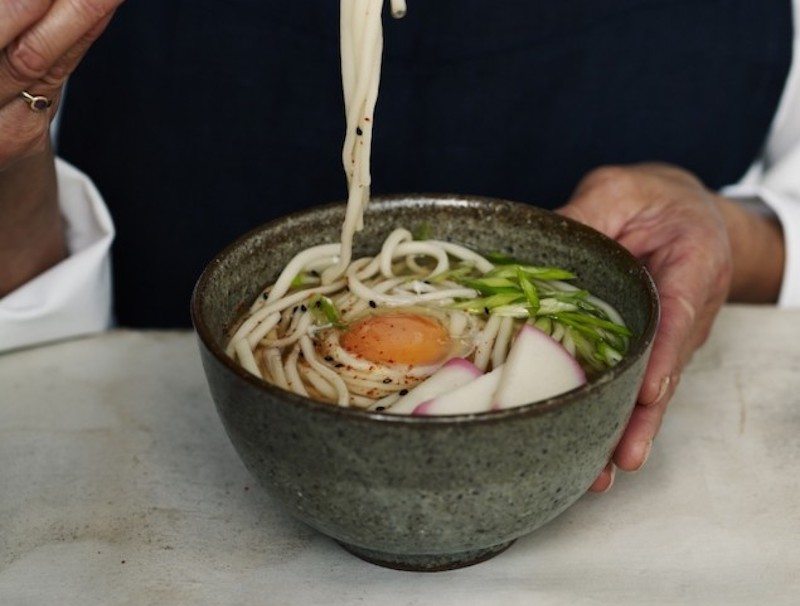If you love eating Japanese food, but think the number of ingredients you don’t normally have in your pantry or the techniques are out of your comfort zone, this is the cookbook for you.
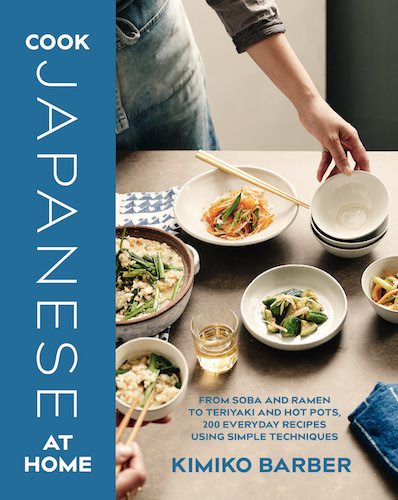
Refreshing, hearty, healthy, decadent, there’s something for every craving in this Japanese cookbook. Let’s dig into Kimiko Barber’s new work Cook Japanese at Home: From Soba and Ramen to Teriyaki and Hot Pots, 200 Everyday Recipes Using Simple Ingredients. Flipping through this book made our mouths water and our mind begin to spin with perfect dishes we could make that day. The book features traditional and contemporary dishes loaded with seafood and vegetables.
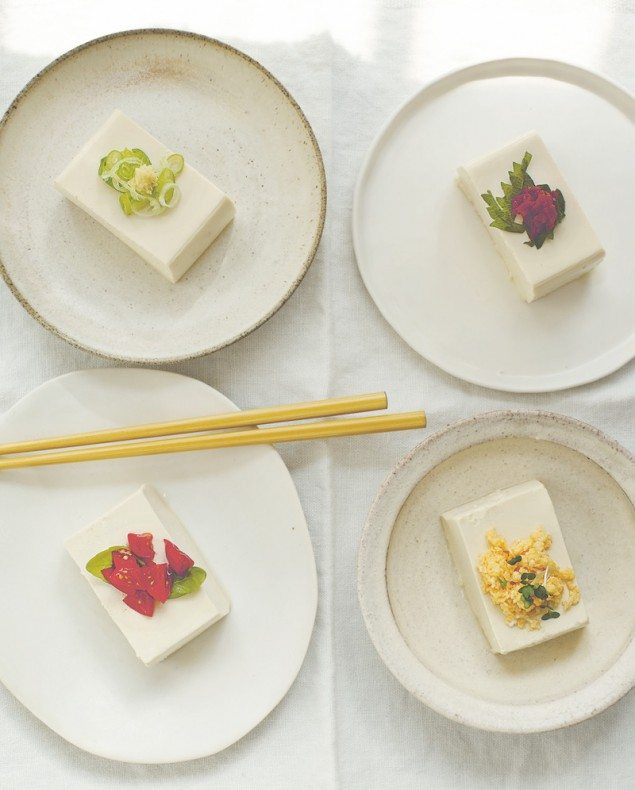 Chilled Tofu: Hiyayakko
Chilled Tofu: Hiyayakko
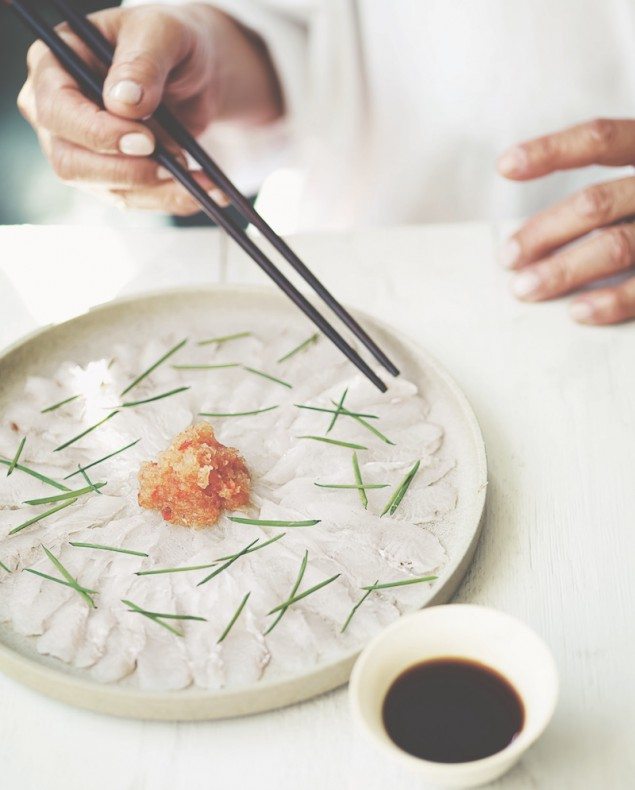 Paper-Thin Sashimi of Flounder: Hirame No Usu-Zukuri
Paper-Thin Sashimi of Flounder: Hirame No Usu-Zukuri
Here are a few tips or tricks we learned from the book. Be sure to check it out so you too can make these delicious recipes:
- Dashi: Dashi is similar to what westerners call stock. However, dashi uses many more carefully selected ingredeints and combinations to flavor the broth. It can be used to make soups or the liquid to cook greens and other vegetables. The book describes not only how to make your own dashi, but many ways to use it.
- Miso: Did you know that the lighter the miso (white miso or shiro-miso) the more subtle the flavors? As you get darker, like aka-miso or red miso, the flavor becomes more salty and bitter.
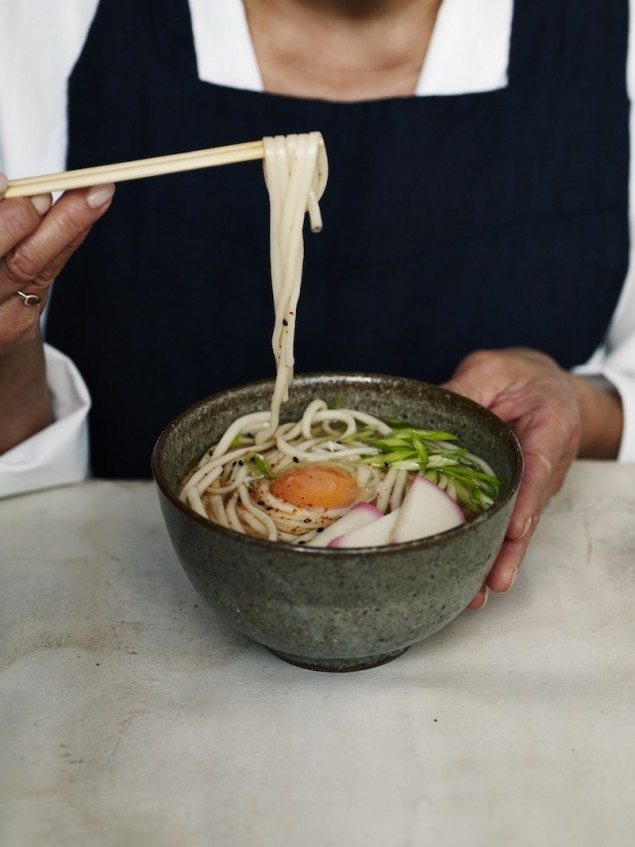 Moon Udon: Tsukimi Udon
Moon Udon: Tsukimi Udon
- If you’re serving sashimi and want to properly slice it thin like you’d find at a sushi bar, ask the fish counter to do it for you. Or, if you need to keep it in your fridge, be sure to unwrap it when you get home and rewrap in a damp kitchen towel so it does not absorb fridge odors. To slice on your own, wrap in plastic wrap and freeze the fish until it is not quite solid. Getting the fish cold and firm, but not totally frozen, helps in making precise cuts.
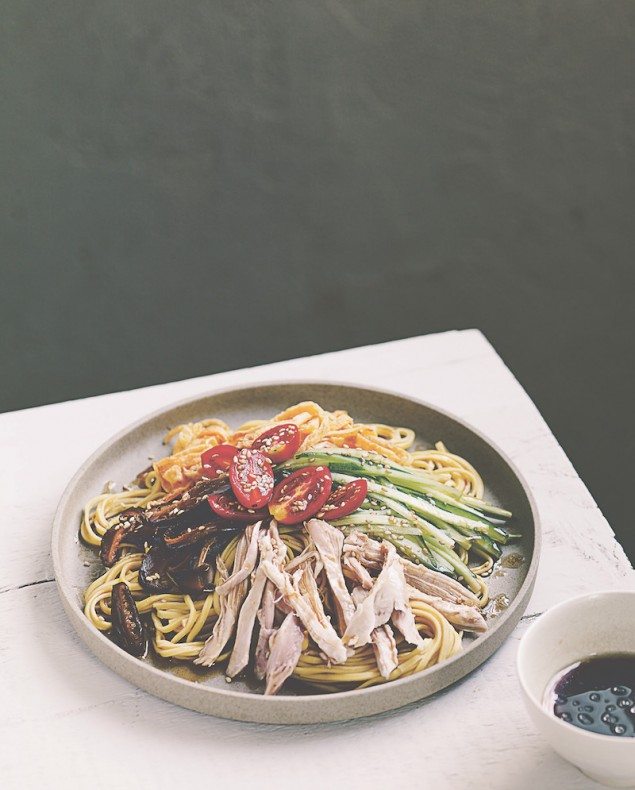 Chilled Chinese-Style Noodle Salad: Hiyashi-Chuka
Chilled Chinese-Style Noodle Salad: Hiyashi-Chuka
- The book details just about everything you need to know about different Japanese noodles and rices and how to cook each variety.
- Need to know the quickest ways to drain your tofu? While you can press it with a weight or let it drain, this takes time. Try wrapping it in paper towel and microwaving it for 3 minutes.
- A balanced Japanese meal should have three parts:
- Shushoku: a main carbohydrate like rice
- Shusai: a main protein like fish or meat
- Fukusai: side dishes, often mushrooms, seaweed, and vegetables.
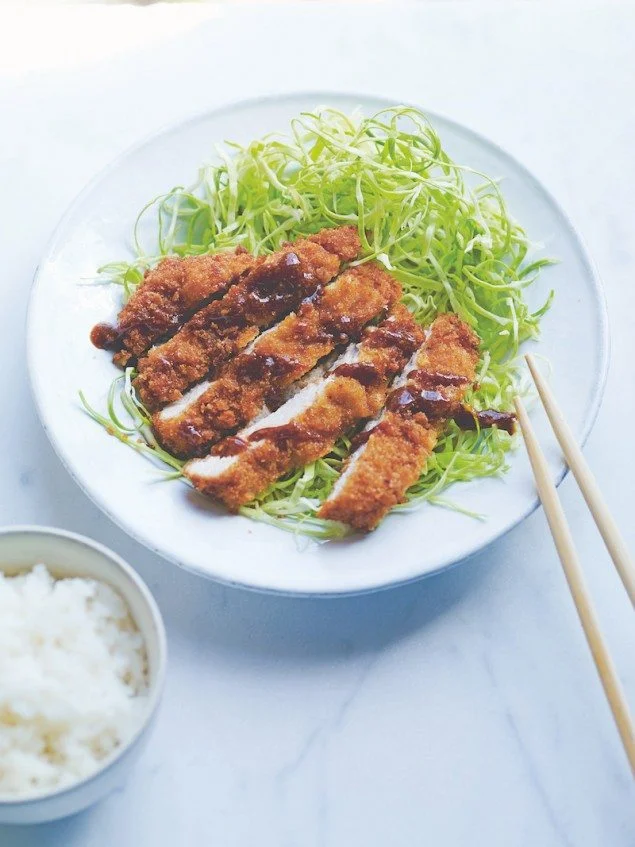 Deep-Fried Pork: Tonkatsu
Deep-Fried Pork: Tonkatsu











